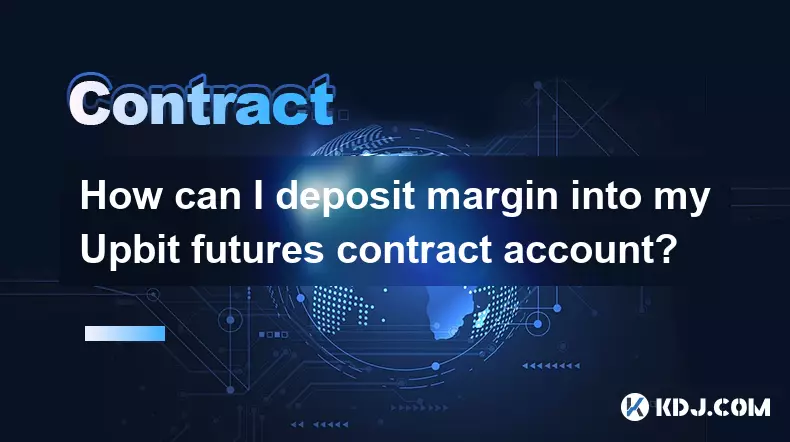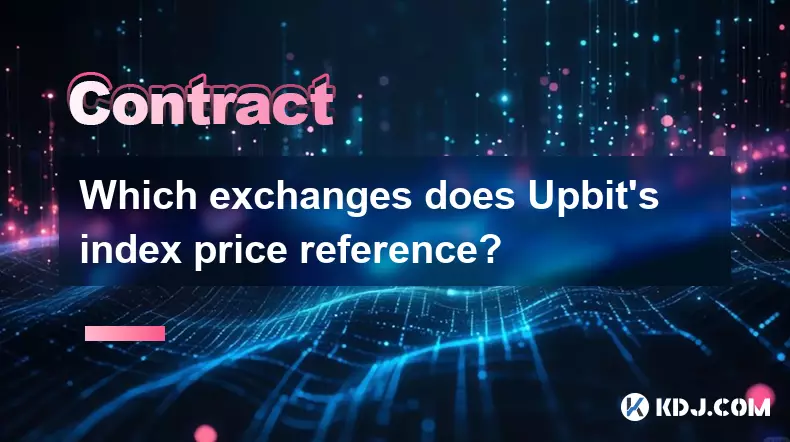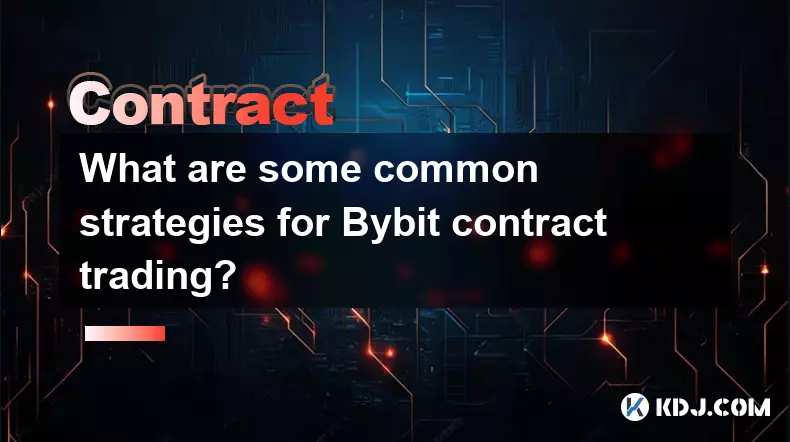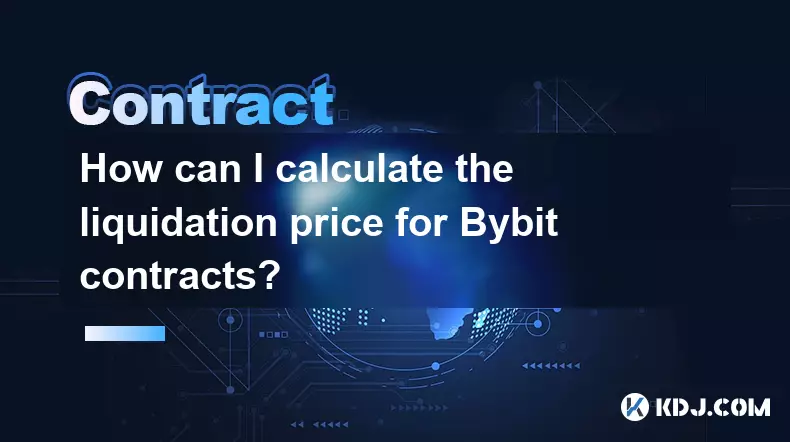-
 bitcoin
bitcoin $116750.837634 USD
1.11% -
 ethereum
ethereum $4515.341020 USD
-0.47% -
 xrp
xrp $3.043113 USD
1.49% -
 tether
tether $1.000476 USD
0.02% -
 bnb
bnb $959.123861 USD
4.03% -
 solana
solana $236.571244 USD
0.47% -
 usd-coin
usd-coin $1.000002 USD
0.00% -
 dogecoin
dogecoin $0.269342 USD
-0.14% -
 tron
tron $0.343000 USD
-0.81% -
 cardano
cardano $0.880538 USD
1.74% -
 hyperliquid
hyperliquid $54.247044 USD
1.00% -
 chainlink
chainlink $23.521588 USD
-0.41% -
 ethena-usde
ethena-usde $1.001241 USD
0.01% -
 sui
sui $3.597422 USD
1.64% -
 avalanche
avalanche $30.081531 USD
1.20%
Can a smart contract be changed?
Smart contracts are immutable by design, ensuring trust and transparency, but this permanence demands rigorous testing and secure upgrade mechanisms to mitigate risks.
Sep 16, 2025 at 10:55 am

Understanding the Immutability of Smart Contracts
1. Smart contracts are built on blockchain technology, which enforces a high degree of immutability. Once deployed to a blockchain network, the code of a smart contract cannot be altered by any party, including the original developer. This immutability ensures trust and transparency, as users can verify the contract’s logic before interacting with it.
2. The core principle behind blockchain is data integrity. Every transaction and state change is recorded on a distributed ledger, making retroactive modifications impossible without altering the entire chain. Since smart contracts are essentially programs stored on this ledger, their code becomes part of the permanent record.
3. This design prevents malicious actors from changing rules after agreements are made. For example, in a decentralized finance (DeFi) protocol, users rely on the fact that lending rates or collateral requirements encoded in the contract will not be suddenly changed by a central authority.
4. However, immutability comes with risks. If a vulnerability exists in the contract code at deployment, it remains exploitable unless mitigated through external mechanisms. High-profile incidents like the DAO hack demonstrated how immutable code with flaws can lead to significant financial losses.
5. Developers must therefore rigorously test smart contracts using formal verification, audits, and simulation environments before deployment. Once live, there is no opportunity to patch bugs in place, making pre-launch validation critical.
Strategies for Updating Smart Contract Functionality
1. While the code of a deployed smart contract cannot be changed, developers use architectural patterns to achieve upgradability. One common method is the proxy pattern, where the logic and data of a contract are separated. The proxy contract holds the state and forwards calls to a logic contract, which can be swapped out.
2. In the proxy-upgrade pattern, an upgradeability mechanism allows an authorized address—often a governance contract or multi-signature wallet—to point the proxy to a new logic contract. This enables changes in functionality without altering the original contract’s address or losing stored data.
3. Another approach is using modular contract systems, where core components are isolated. For instance, a DeFi platform might separate interest rate models, token wrappers, or oracle feeds into interchangeable contracts. Updates are made by replacing specific modules rather than the entire system.
4. Some protocols implement governance tokens that allow stakeholders to vote on upgrades. This decentralized decision-making process ensures community involvement in changes while maintaining transparency and reducing centralization risks.
5. Despite these methods, upgrading introduces new attack vectors. Malicious upgrades or flawed new logic can compromise security. Rigorous governance processes and time-locked proposals help reduce these risks.
Real-World Examples of Smart Contract Upgrades
1. MakerDAO has successfully executed multiple smart contract upgrades through its governance system. The protocol uses a multi-step process involving executive proposals and risk assessments before any change is implemented. This ensures stability while allowing adaptation to new economic conditions.
2. Uniswap V2 introduced an upgrade from V1 by deploying a completely new contract rather than modifying the old one. This clean-slate approach avoided risks associated with complex migration logic while preserving user trust.
3. OpenZeppelin’s upgradeable contract templates are widely used across the industry to implement secure proxy patterns. These tools provide standardized, audited code that reduces the likelihood of vulnerabilities during upgrades.
4. Some projects have faced backlash when upgrade mechanisms were perceived as too centralized. Instances where a single private key controls upgrades raise concerns about censorship and unilateral control, undermining decentralization principles.
5. In certain cases, contracts are designed to be self-destructible, allowing developers to disable them under emergency conditions. This is a last-resort measure and is typically accompanied by migration plans to newer versions.
Frequently Asked Questions
Can a smart contract be deleted after deployment?No, a smart contract cannot be deleted from the blockchain once deployed. However, if the contract includes a self-destruct function, it can be deactivated, rendering it non-functional. The code and transaction history remain on the blockchain permanently.
What happens if a bug is found in a live smart contract?If a bug exists and the contract is not upgradeable, developers must deploy a new version and encourage users to migrate. In critical cases, such as fund-locking bugs, a coordinated response involving community communication and possibly token swaps may be required.
Who can initiate a smart contract upgrade?It depends on the design. In some systems, only a privileged admin key can initiate upgrades. In decentralized protocols, governance token holders vote on upgrade proposals, and execution occurs only after consensus is reached.
Are upgradeable contracts less secure than immutable ones?Upgradeable contracts introduce additional complexity and potential risks, such as unauthorized access to the upgrade mechanism. However, when implemented with strong access controls, multi-signature wallets, and time delays, they can maintain a high level of security.
Disclaimer:info@kdj.com
The information provided is not trading advice. kdj.com does not assume any responsibility for any investments made based on the information provided in this article. Cryptocurrencies are highly volatile and it is highly recommended that you invest with caution after thorough research!
If you believe that the content used on this website infringes your copyright, please contact us immediately (info@kdj.com) and we will delete it promptly.
- BitGo's BaFin Approval: Revolutionizing Crypto Trading for European Investors
- 2025-09-18 06:45:12
- Dogecoin, Bitcoin, and DeepSnitch AI: A New Era for Crypto?
- 2025-09-18 06:25:13
- Litecoin, Pi Network, BlockDAG Presale: Decoding the Hype and Finding Real Value
- 2025-09-18 06:45:12
- Ruvi AI: The Solana-Fueled Token Sale Taking Center Stage
- 2025-09-18 06:25:13
- BlockDAG, Pi Network, Toncoin: Unpacking the Hottest Trends and Hidden Gems
- 2025-09-18 07:05:15
- ChatGPT-5, Shiba Inu, and CoinMarketCap: What's Trending?
- 2025-09-18 06:50:12
Related knowledge

How can I deposit margin into my Upbit futures contract account?
Sep 18,2025 at 12:36am
Understanding Upbit Futures Margin Requirements1. Upbit does not currently offer futures trading services. The platform primarily supports spot tradin...

What is the purpose of Upbit's insurance fund?
Sep 18,2025 at 03:19am
Understanding the Role of Upbit's Insurance Fund1. The primary function of Upbit's insurance fund is to protect users from financial losses due to une...

Which exchanges does Upbit's index price reference?
Sep 18,2025 at 04:54am
Understanding Upbit's Index Price Mechanism1. Upbit calculates its index price by aggregating data from multiple leading cryptocurrency exchanges to e...

What are some common strategies for Bybit contract trading?
Sep 17,2025 at 11:00pm
Understanding Leverage in Bybit Contract Trading1. Traders on Bybit can select leverage ranging from 1x to 100x depending on the contract type and mar...

What are Bybit's initial margin and maintenance margin requirements?
Sep 18,2025 at 12:01am
Understanding Bybit's Margin Structure1. Bybit operates a tiered margin system that varies depending on the trading pair, contract type, and leverage ...

How can I calculate the liquidation price for Bybit contracts?
Sep 18,2025 at 07:36am
Liquidation Price Mechanics on Bybit1. The liquidation price on Bybit represents the market price at which a trader’s leveraged position is automatica...

How can I deposit margin into my Upbit futures contract account?
Sep 18,2025 at 12:36am
Understanding Upbit Futures Margin Requirements1. Upbit does not currently offer futures trading services. The platform primarily supports spot tradin...

What is the purpose of Upbit's insurance fund?
Sep 18,2025 at 03:19am
Understanding the Role of Upbit's Insurance Fund1. The primary function of Upbit's insurance fund is to protect users from financial losses due to une...

Which exchanges does Upbit's index price reference?
Sep 18,2025 at 04:54am
Understanding Upbit's Index Price Mechanism1. Upbit calculates its index price by aggregating data from multiple leading cryptocurrency exchanges to e...

What are some common strategies for Bybit contract trading?
Sep 17,2025 at 11:00pm
Understanding Leverage in Bybit Contract Trading1. Traders on Bybit can select leverage ranging from 1x to 100x depending on the contract type and mar...

What are Bybit's initial margin and maintenance margin requirements?
Sep 18,2025 at 12:01am
Understanding Bybit's Margin Structure1. Bybit operates a tiered margin system that varies depending on the trading pair, contract type, and leverage ...

How can I calculate the liquidation price for Bybit contracts?
Sep 18,2025 at 07:36am
Liquidation Price Mechanics on Bybit1. The liquidation price on Bybit represents the market price at which a trader’s leveraged position is automatica...
See all articles

























![[Pycoin] PI Coin -History update progress !! Connection with legal money .. This is crazy / Pycoin mining speed acceleration [Pycoin] PI Coin -History update progress !! Connection with legal money .. This is crazy / Pycoin mining speed acceleration](/uploads/2025/09/17/cryptocurrencies-news/videos/pycoin-pi-coin-history-update-progress-connection-legal-money-crazy-pycoin-mining-speed-acceleration/68cab0e2a7747_image_500_375.webp)















































